What's the Difference between a Duster and Trench Coat
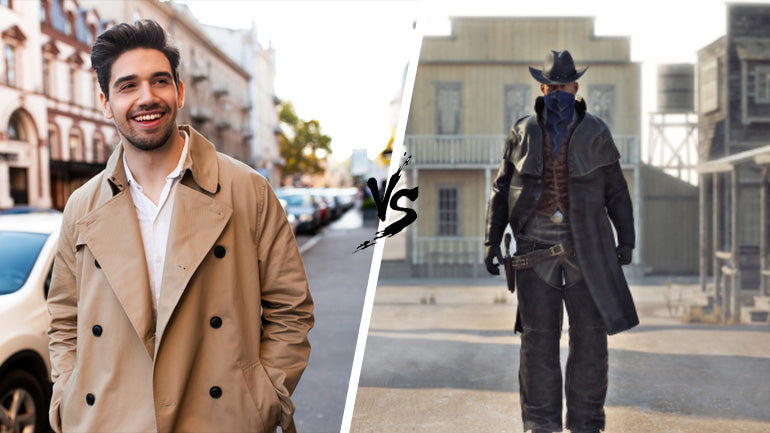
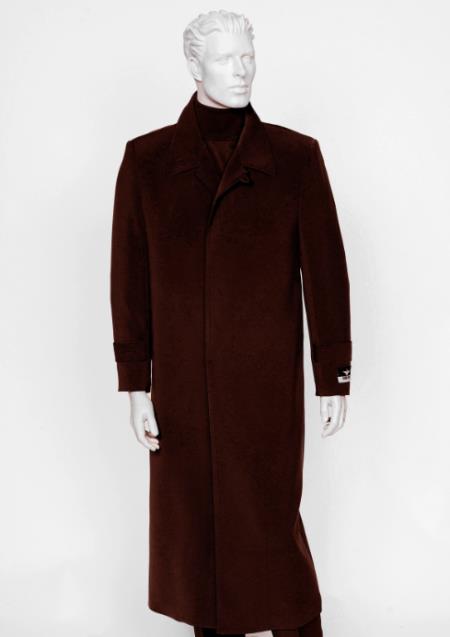
$225.00
Mens Duster Coat - Duster Overcoat - "Burgundy" Coat
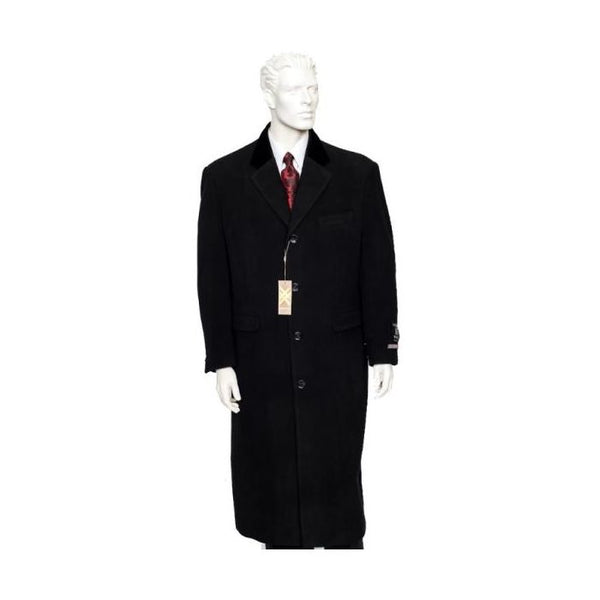
$225.00
Mens Black Full Length Duster Maxi Coat
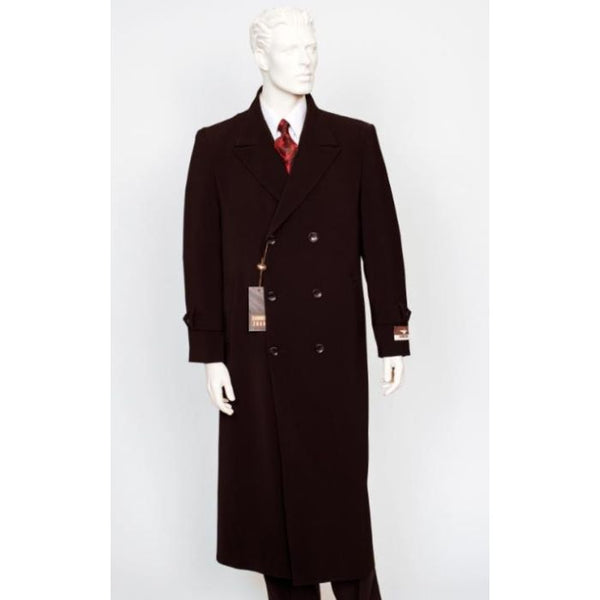
$225.00
Mens Brown Duster Full Length Six Buttons Coat
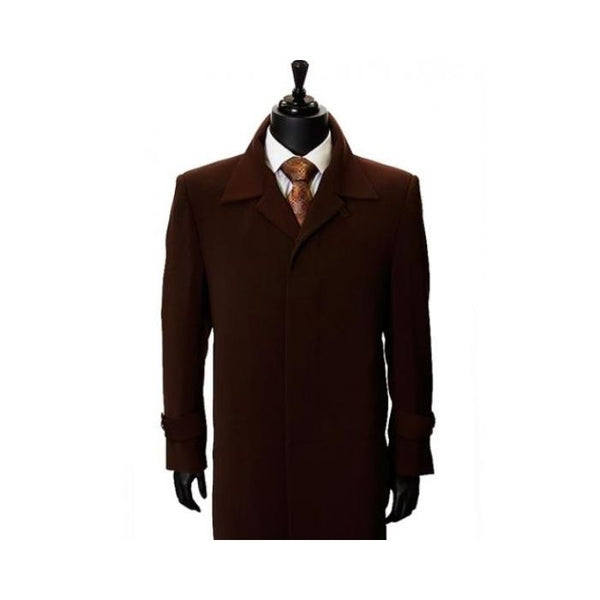
$225.00
Maxi-Length Brown MicroFiber Fully-lined Hidden buttons Duster Coat

$225.00
Mens Duster Coat - Duster Overcoat - "Jet Black" Coat

$225.00
Mens Duster Coat - Duster Overcoat - Navy Dress Coat
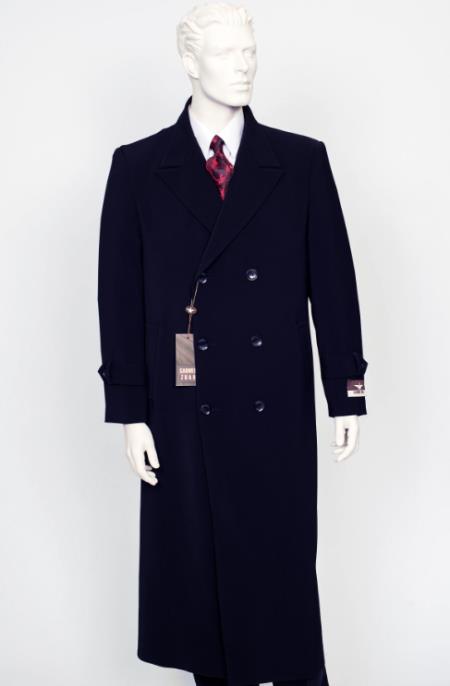
$225.00
Mens Duster Coat - Duster Overcoat - Navy Peak Lapel Coat
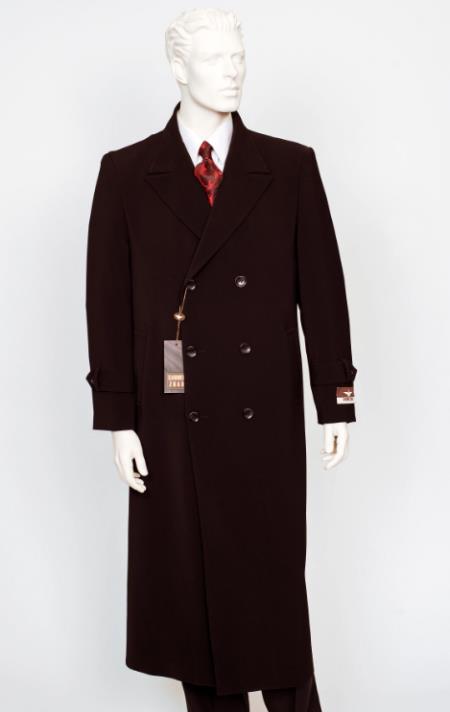
$225.00
Mens Duster Coat - Duster Overcoat - "Brown" Coat
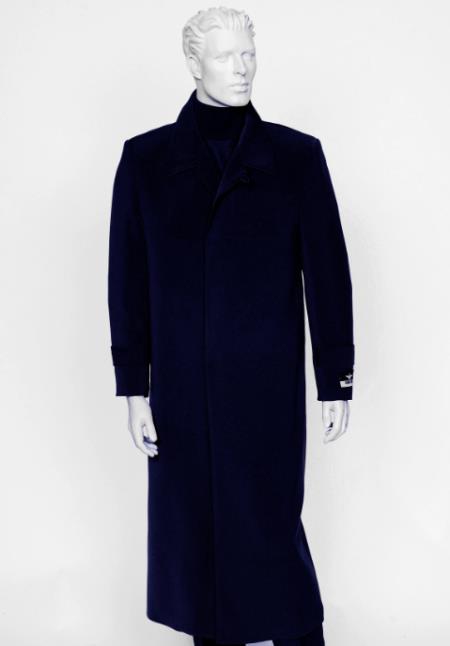
$225.00
Mens Duster Coat - Duster Overcoat - "Navy" Coat
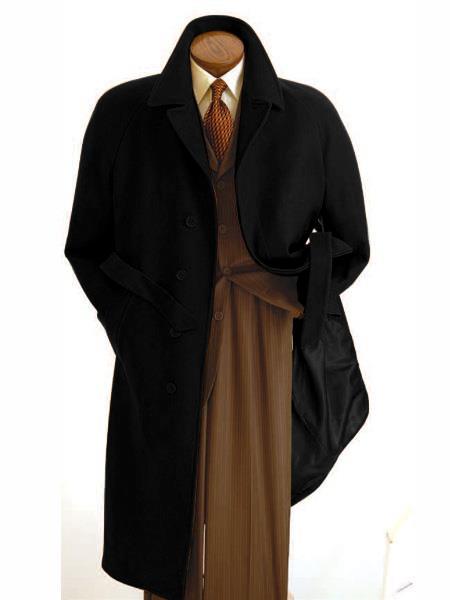
$225.00
Mens Duster Coat - Diamond Duster Overcoat - "Black" Coat

$225.00
Mens Duster Coat - Duster Overcoat - "Grey" Coat
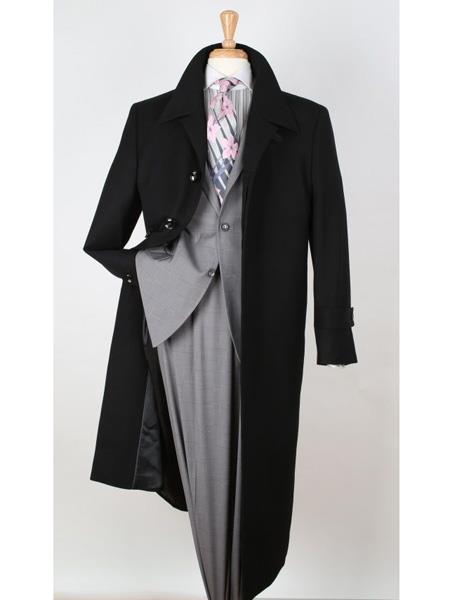
$225.00
Mens - Winter Coat Duster Coat - Duster Overcoat - "Black" Wool Coat
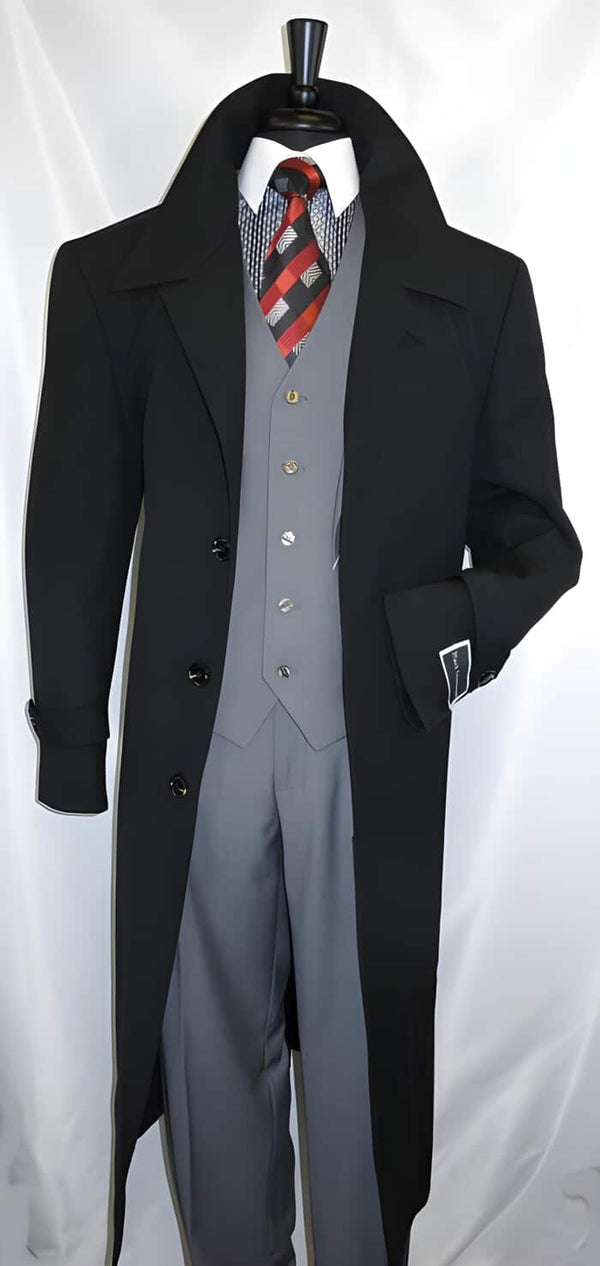
$225.00
Men's Diamond Duster Overcoat Jet Black
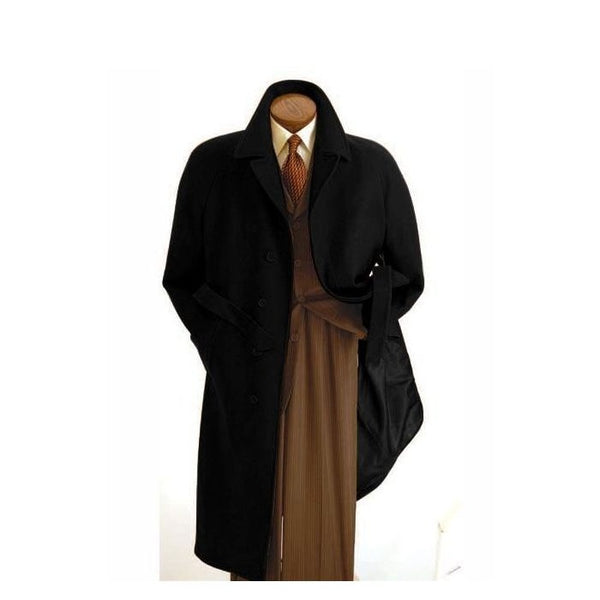
$225.00
Mens Peak Lapel Diamond Duster Overcoat Black
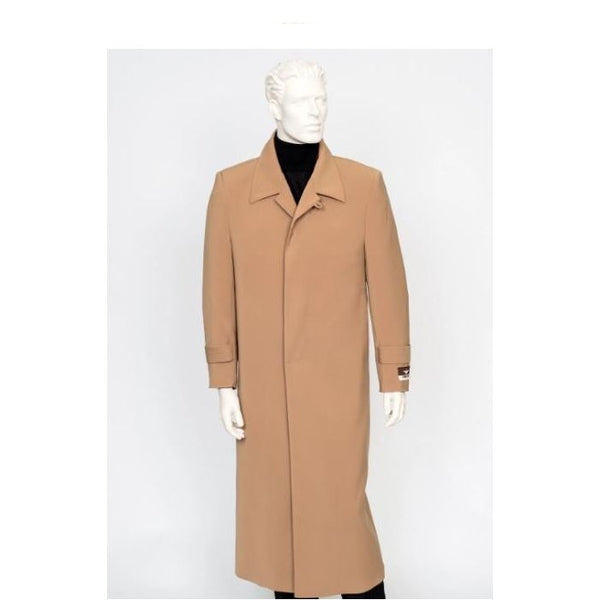
$225.00
Mens Carmel Notch Lapel Full Length Weather Duster Maxi Coat
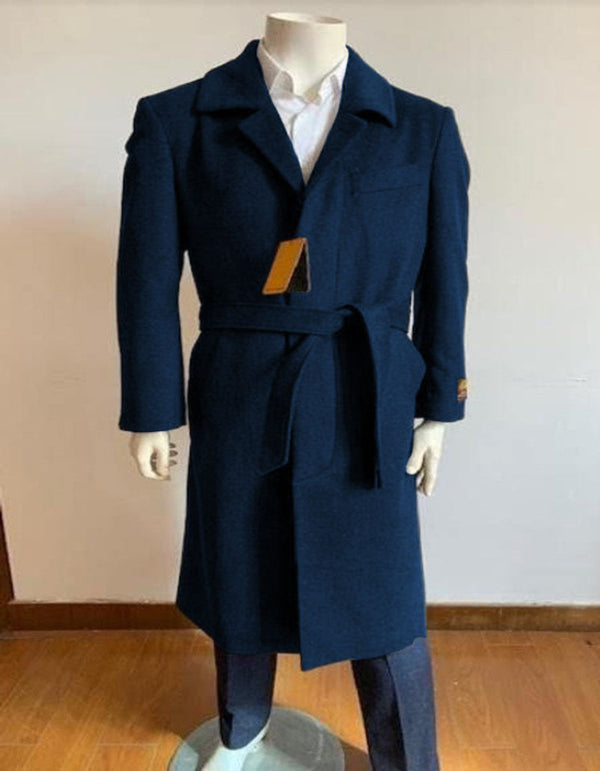
$225.00
Mens Solid Navy 100% Wool Gabardine Belted Duster Overcoat
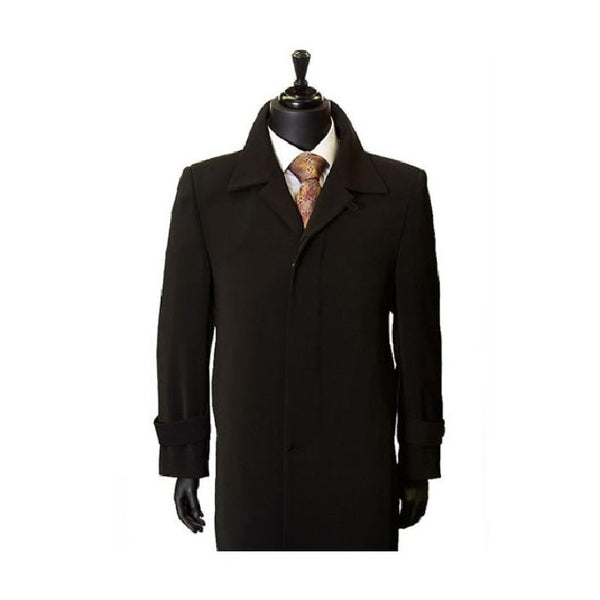
$225.00
Black Duster Coat Mens Maxi-Length fully lined microfiber
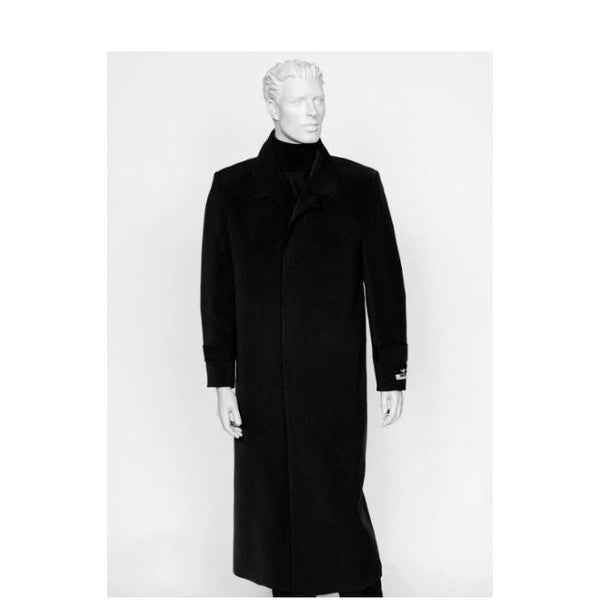
$225.00
Mens Black Full Length Four Buttons Coat Duster Maxi Coat
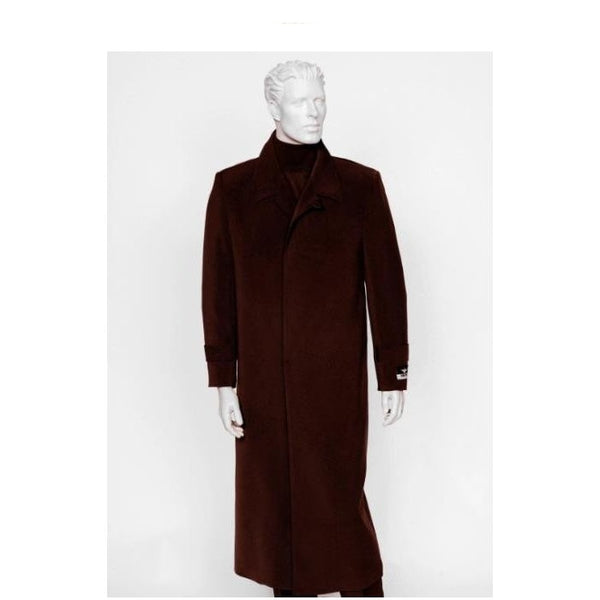
$225.00
Full Length All Weather Burgundy Notch Lapel Duster Maxi Coat

$225.00
Men's Duster Maxi Coat Black 4 Buttons Full Length Coat
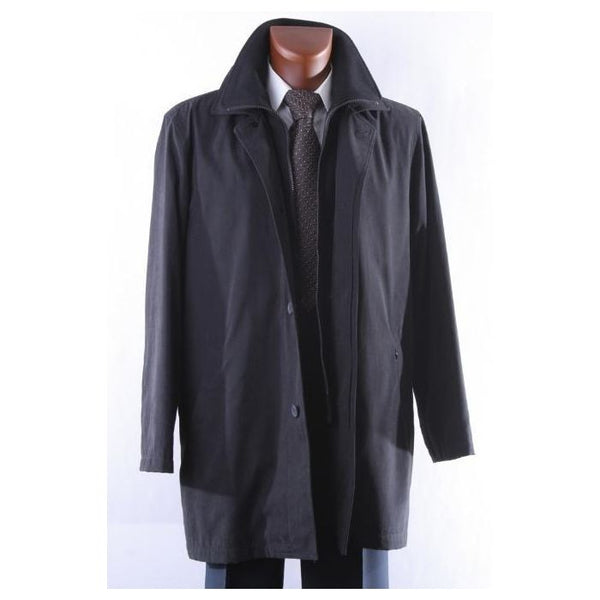
$150.00
Mens Dress Coat Black Three Quarter Length Trench coat
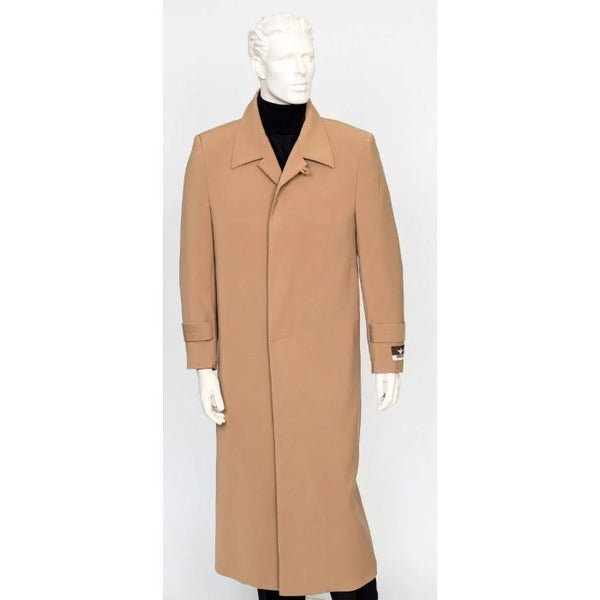
$179.00
Mens Big and Tall Trench Coat
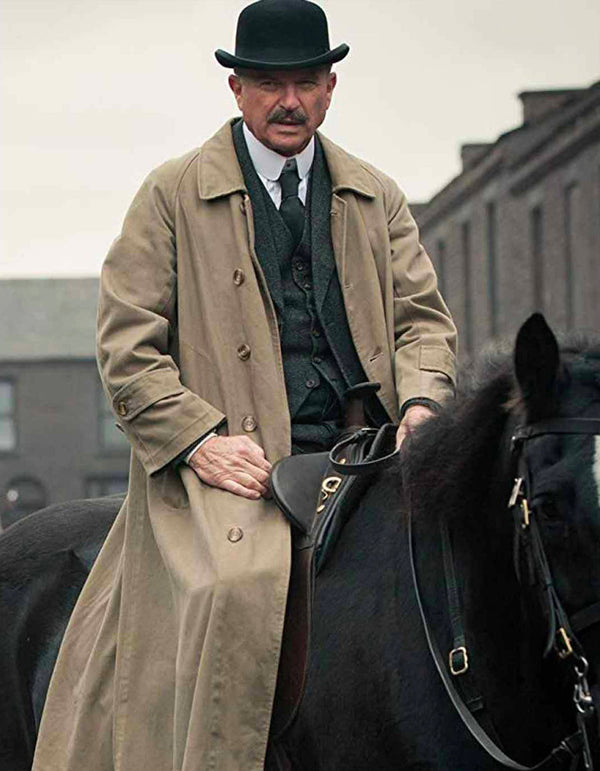
$179.00
Mens Inspector Chester Campbell Costume Trench Coat
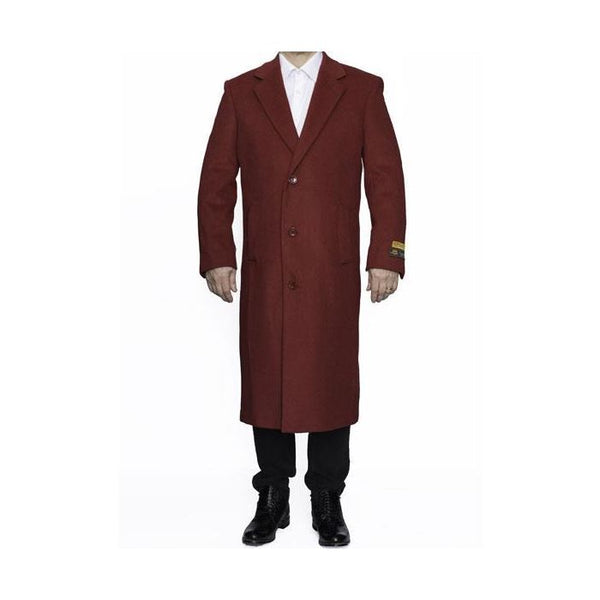
$249.00
Red Big And Tall Trench Coat Raincoat Overcoat

$249.00
Mens Camel Big And Tall Trench Coat Overcoat / Raincoat

$179.00
Mens Big and Tall Trench Coat Long Sleeve Black
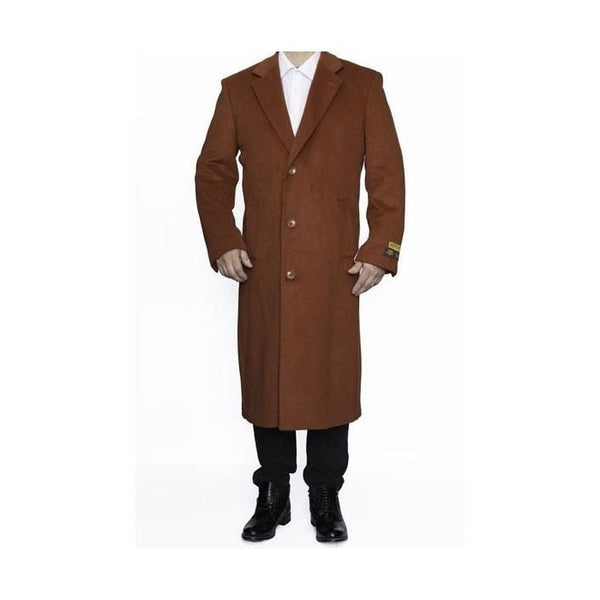
$249.00
Mens Rust Big And Tall Trench Coat Overcoat / Topcoat
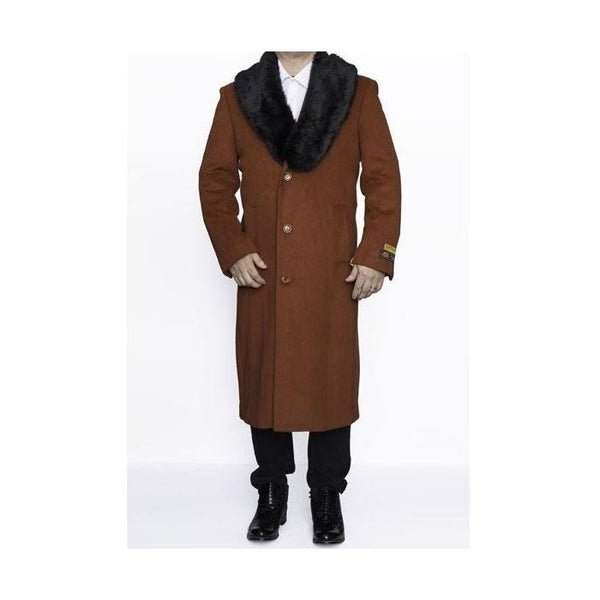
$249.00
Mens Rust Big And Tall Trench Coat Overcoat / Raincoat
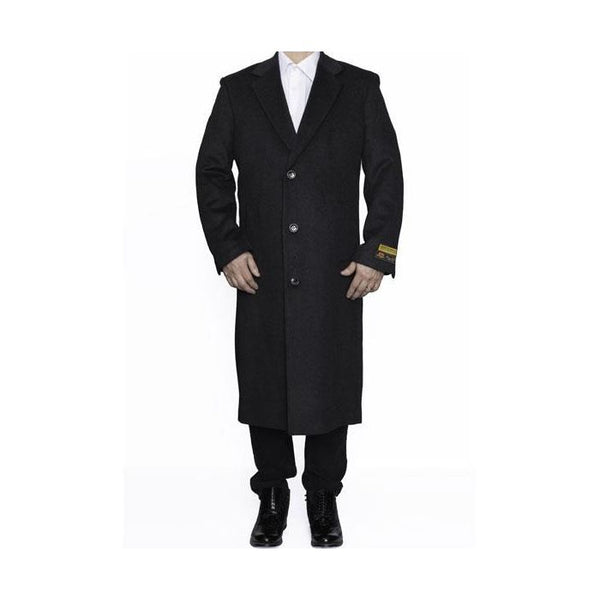
$249.00
Mens Charcoal Big And Tall Trench Coat Overcoat / Raincoat
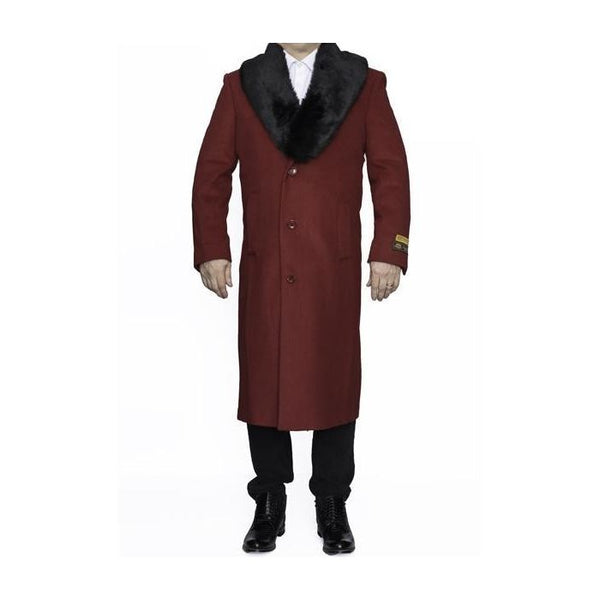
$249.00
Mens Red Big And Tall Trench Coat Overcoat / Topcoat
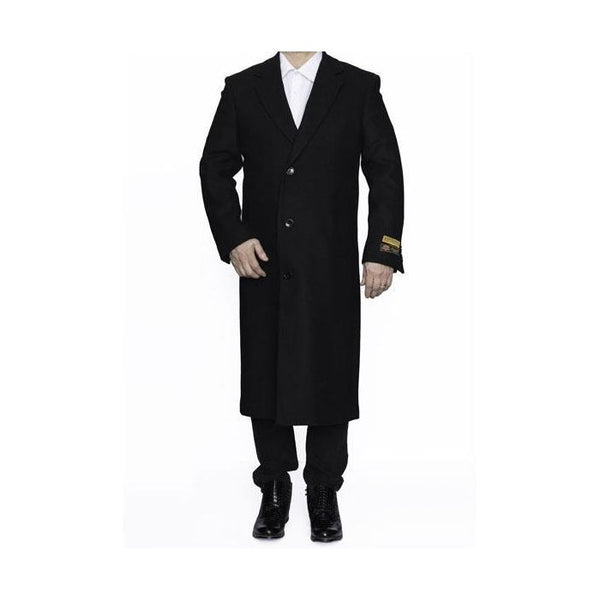
$249.00
Mens Black Big And Tall Trench Coat Raincoats Overcoat / Topcoat
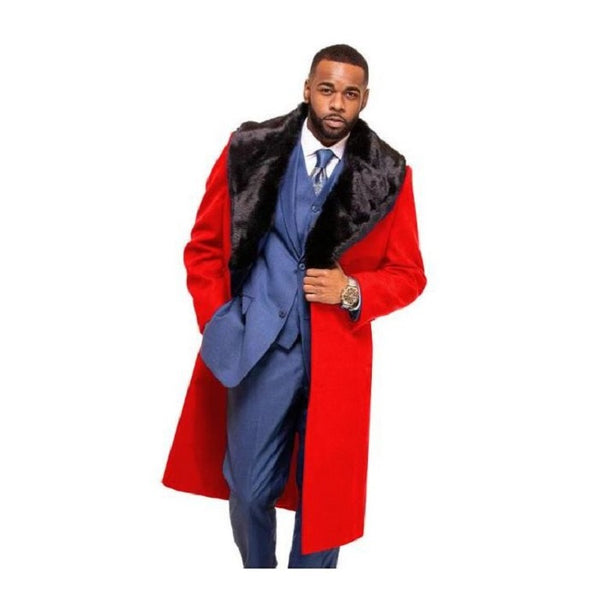
$199.00
Mens Trench coat - Red Wool Fabric Trench Coat For Men
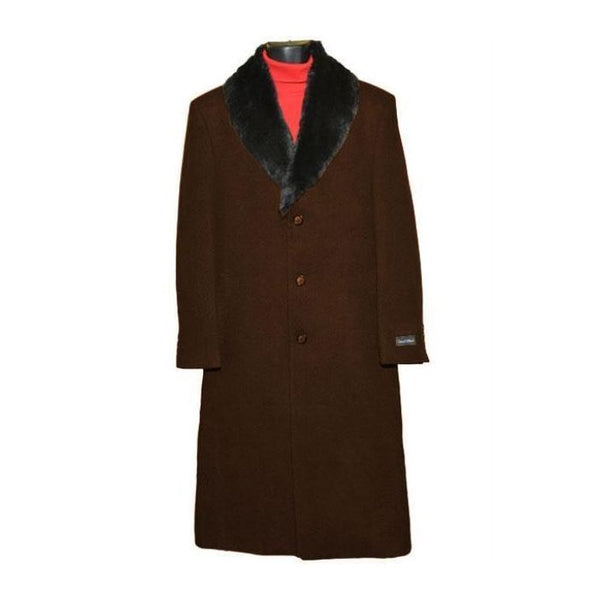
$210.00
Mens Dark Brown Big And Tall Trench Coat Raincoats Topcoat
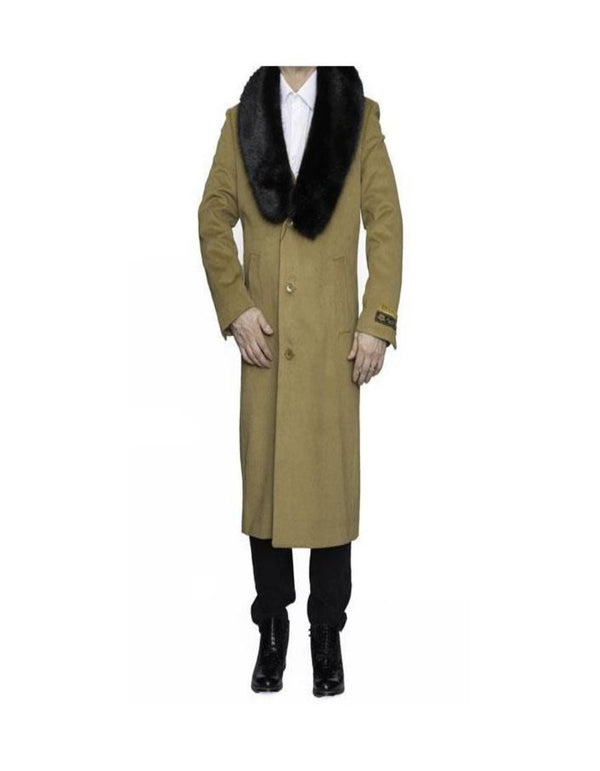
$498.00
Mens Camel Big And Tall Trench Coat Overcoat / Topcoat
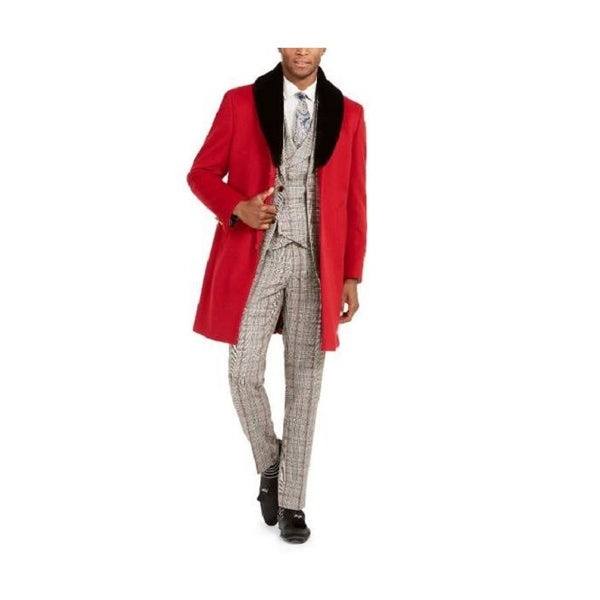
$179.00
Mens Red Trench coat - Wool Fabric Trench Coat For Men
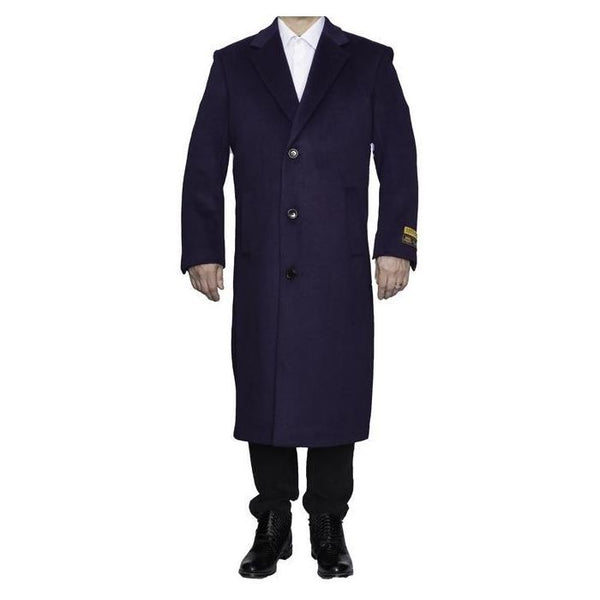
$249.00
Big And Tall Purple Trench Coat Raincoat Overcoat / Topcoat
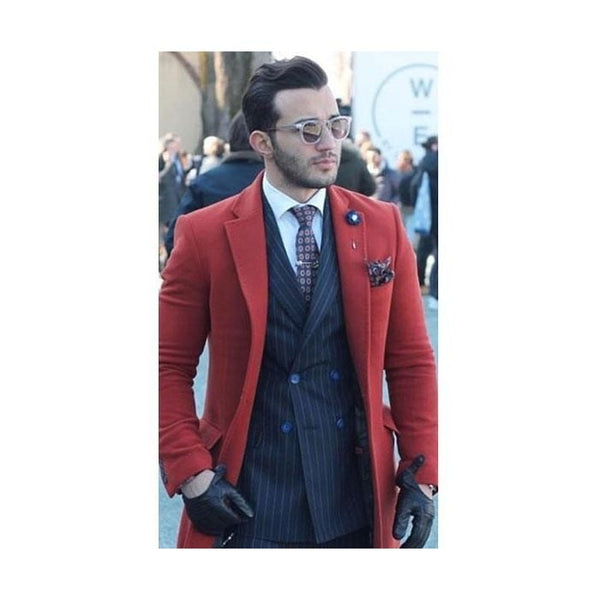
$160.00
Mens Red Fabric Trench Coat
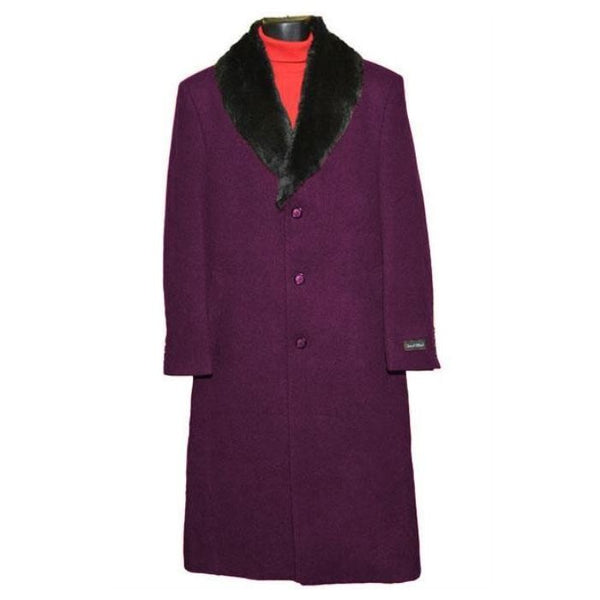
$199.00
mens big and tall overcoats Burgundy ~ Wine ~ Maroon Trench Coat
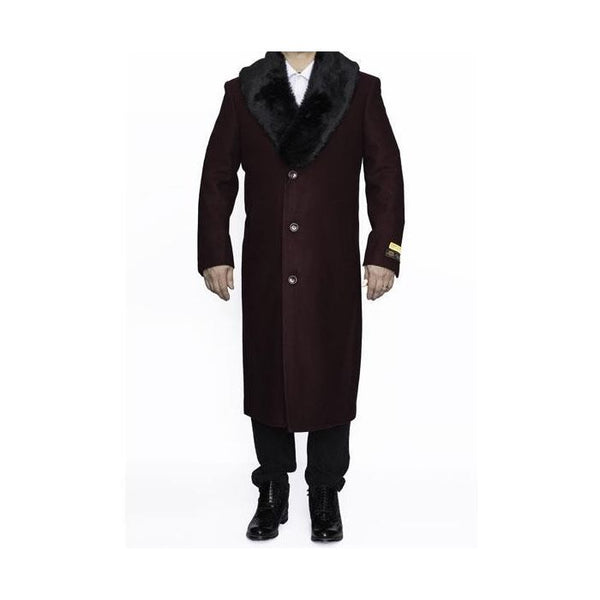
$249.00
Mens Burgundy ~ Wine ~ Maroon Big And Tall Trench Coat Overcoat
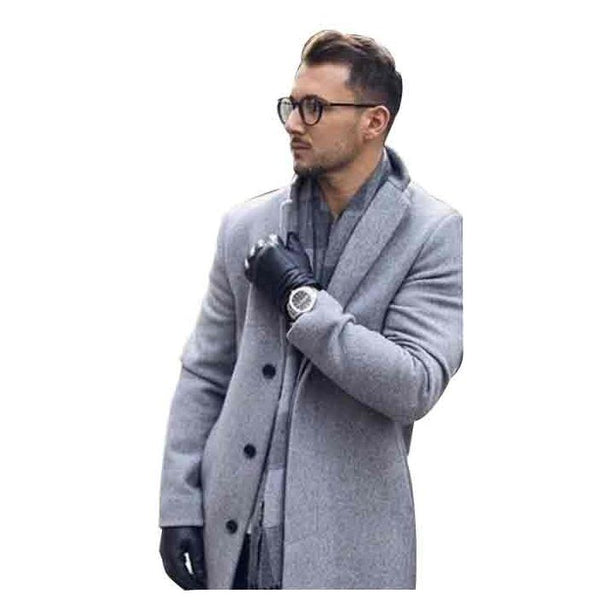
$249.00
Light Grey Silver Gray Big And Tall Trench Coat Overcoat
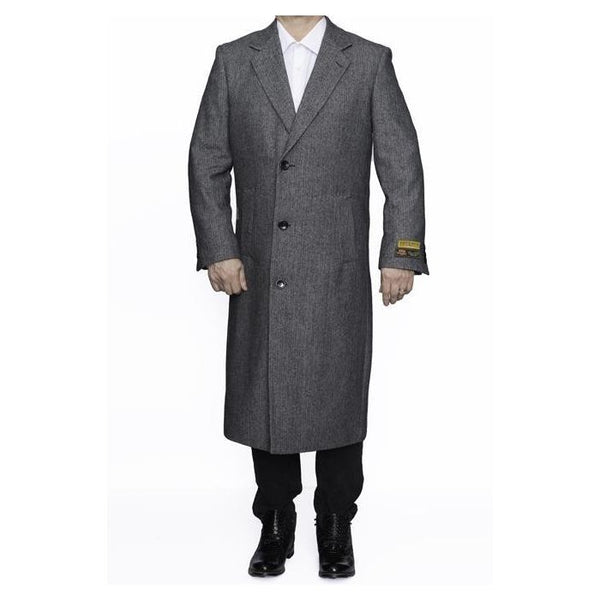
$249.00
Grey Big And Tall Trench Coat Raincoats Overcoat / Topcoat

$249.00
Mens Black Big And Tall Raincoat Trench Coat Overcoat / Topcoat
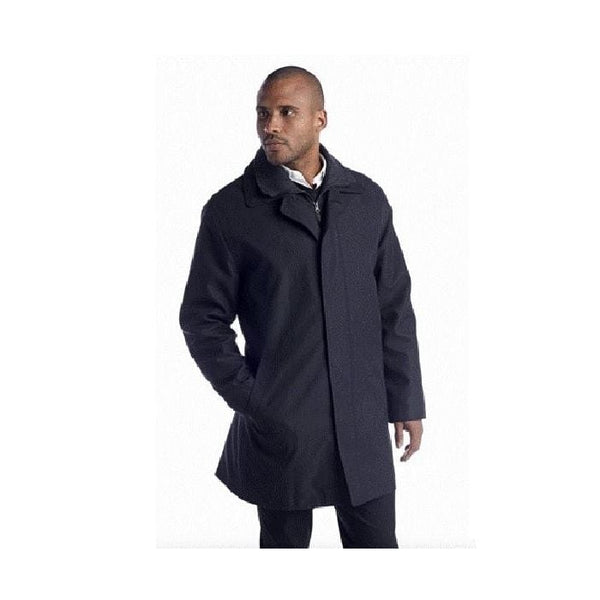
$157.00
36 inch length Lerner Edgar Trench Coat Rain Zipper Black
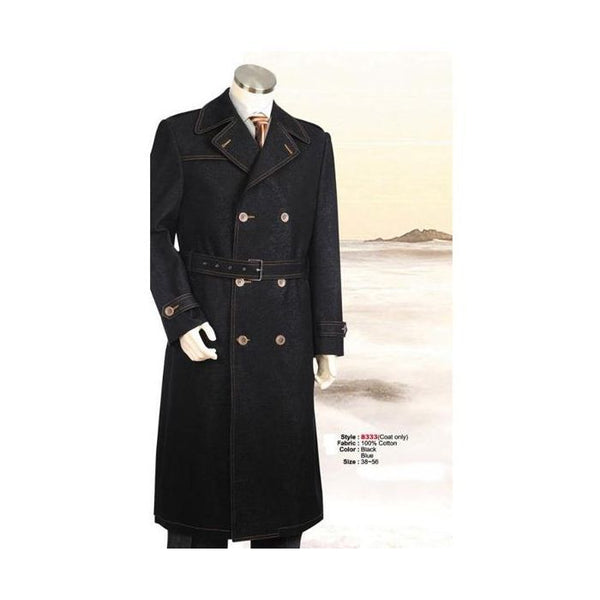
$179.00
Mens Big and Tall Trench Coat - Closure Trench Coat Black Long Trench Coat

$179.00
Mens Big and Tall Trench Coat - Closure Trench Coat Black Long Trench Coat
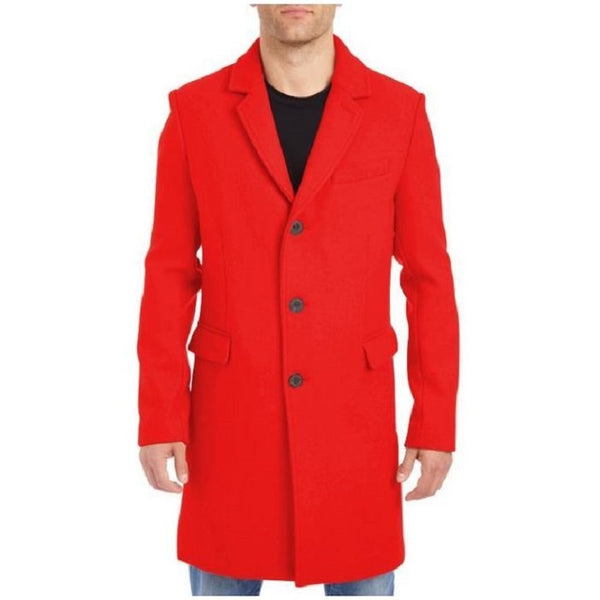
$149.00
Mens Red Trench coat - Wool Fabric Trench Coat For Men 3XL 4XL 5XL 6XL
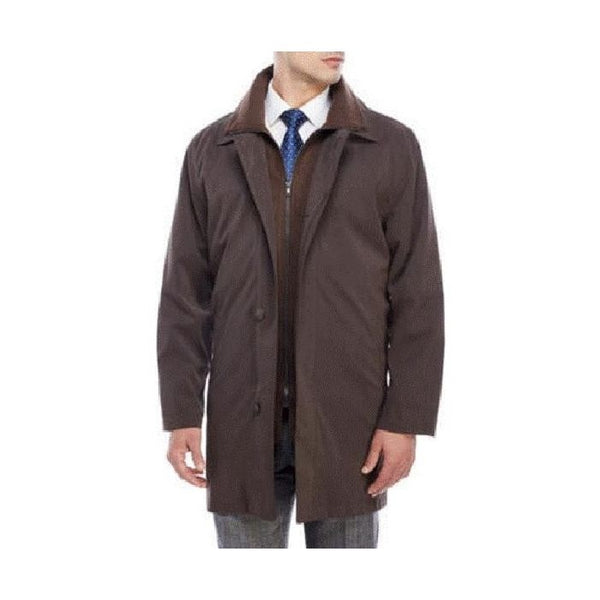
$153.00
Mens Dress Coat Trench Coat Rain Coat 36 inch length Brown
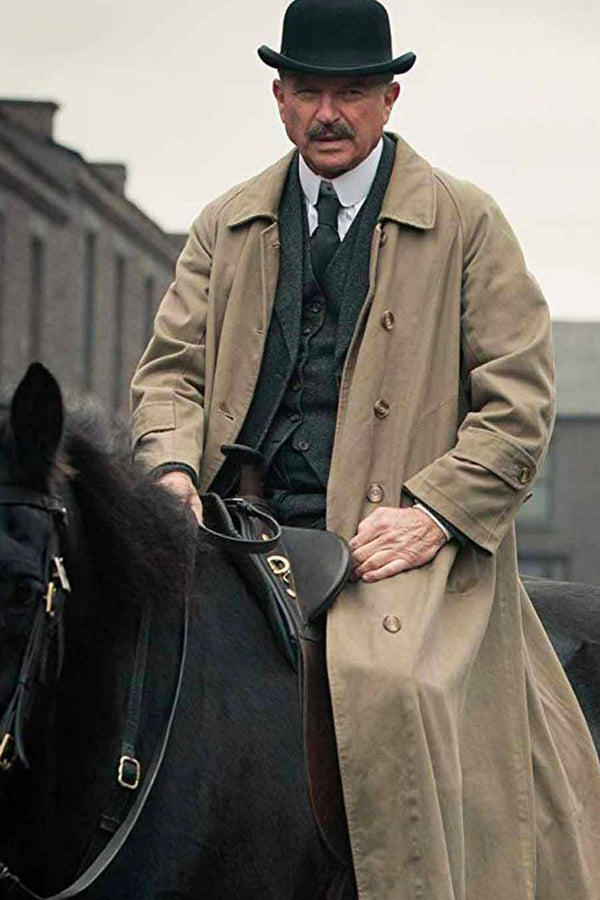
$159.00
Mens Inspector Chester Campbell Peaky Blinders Costume Trench Coat & Suit
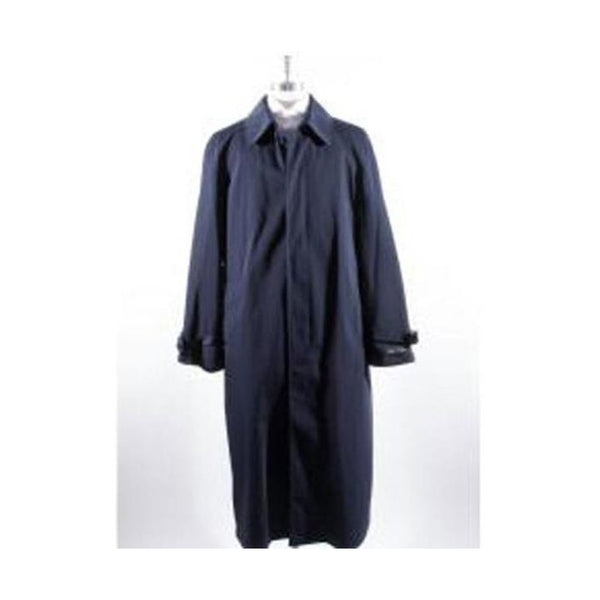
$199.00
Mens Big And Tall Button Closure Trench Coat Navy

$199.00
Mens Charcoal Grey Big And Tall Trench Coat Overcoat / Topcoat
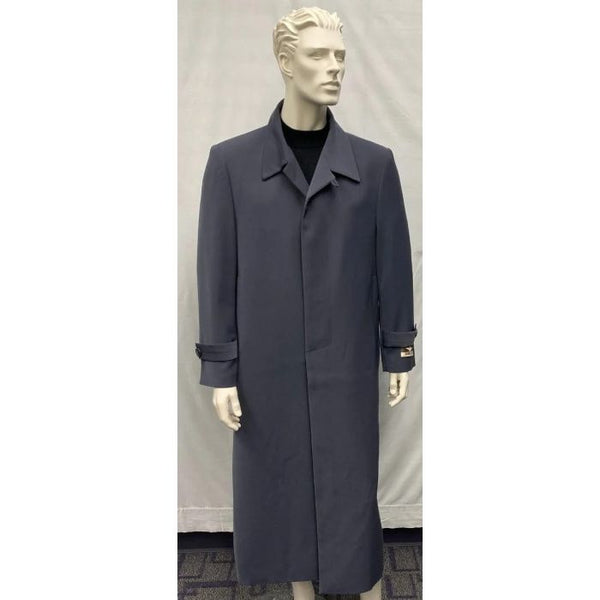
$199.00
Men's Full Length Top Coat - Single Breasted - Mens Big and Tall charcoal Trench coat
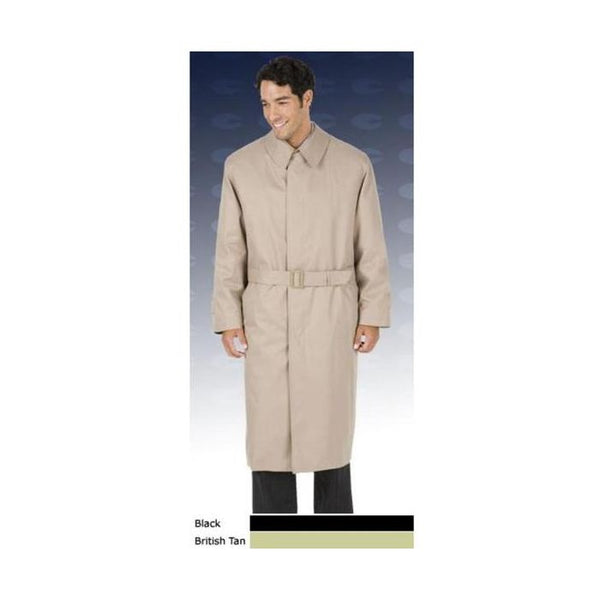
$179.00
Mens Big And & Tall Button Closure Trench Coat British Khaki ~ Tan
As you navigate your wardrobe during the transitional seasons of summer and fall, the choice between a duster coat and a trench coat often arises. Both items contribute to a fashionable mix of classic and trendy pieces, making them essential components of your outerwear collection.
Duster Vs. Trench Coat
The distinction between a trench coat and a duster goes beyond mere aesthetics; it involves differences in length, materials, features, and uses.
Two classic styles that often cause confusion are the trench coat and the duster. While both are long coats designed to provide protection against the elements, they serve different purposes and exhibit unique characteristics.
Here we will discuss the Trench vs Duster Coat, examining their lengths, materials, features, and suitable uses.
What is a Trench Coat?
A trench coat is a long, loose double-breasted coat with a belt. Originally part of military clothing, trench coats were designed with wide lapels, ten front buttons, and shoulder straps with button closures.
Traditionally made from waterproof materials such as cotton gabardine, trench coats were crafted to withstand inclement weather conditions. The belt at the waist, straps around the wrists, and distinctive features like front buttons and pockets are reminiscent of the trench coat's military heritage.
In modern fashion, trench coats have evolved into versatile garments worn by both men and women. They can be used for professional or casual looks, and their length typically reaches the shin or ankles. The khaki color was initially associated with trench coats, but contemporary versions come in a variety of colors.
What is a Duster Coat?
A duster coat, on the other hand, is a full-length coat without buttons. Historically, duster coats were crafted from light-colored canvas or linen and were worn by horsemen to protect their clothing from trail dust.
The term "duster" originated from its practical use in shielding riders from dust during journeys. Original duster coats featured slits up the back for ease of wear on horseback, buttonable rear slits, and leg straps to hold flaps in place.
In modern fashion, the term "duster" has expanded to refer to any full-length coat. Unlike trench coats, dusters are not necessarily made for waterproof purposes. Their loose-fitting design and lightweight nature make them suitable for various seasons, providing protection without the bulk.
Is a Duster Coat Warm?
While a duster coat may offer some protection against the cold, its primary purpose is not insulation. Duster coats are more about providing coverage and style, making them ideal for milder weather conditions. For colder temperatures, additional layering may be required.
What Do You Wear Under a Duster?
The versatility of a duster coat allows for various styling options. Depending on the season, you can wear a duster over a light blouse, sweater, or even a dress. The loose fit of the duster makes it easy to layer, providing both comfort and fashion flexibility.
Similarities Between Duster and Trench Coat
While duster coats and trench coats have distinct differences, they share some common features that make them both popular choices for long coats.
Understanding these similarities can provide a comprehensive view of the versatile nature of these wardrobe staples.
Length
Both duster coats and trench coats are characterized by their length, typically reaching below the knee. This shared attribute contributes to their ability to provide substantial coverage and protection against the elements.
Duster and Trench Coat – Differences Between Them
While both duster coats and trench coats share a commonality in their length, they serve different purposes and boast distinct characteristics. Let’s discuss the differences between these two long coats.
Length
The primary distinction between a duster and a trench coat lies in their length. A duster is a full-length coat, extending below the knee and covering the entire body.
In contrast, a trench coat reaches only near the knee, offering a shorter silhouette.
Materials
Material composition plays a crucial role in differentiating these coats. Duster coats are commonly made from linen, providing a lightweight and breathable option. The use of linen prevents dust from adhering to the surface, making it ideal for horse riding and protection against trail dust.
Trench coats, on the other hand, are crafted from gabardine, often cotton gabardine. This choice of material gives the trench coat a smooth and sophisticated appearance. Additionally, the waterproof properties of gabardine make trench coats suitable for rainy seasons or foggy weather, offering both style and functionality.
Features
Duster coats are designed with features tailored to their historical purpose, protecting the body from dust and sand. These features include a back slit from the bottom to the hip for flexibility while riding horses, buttonable rear slits for added flexibility, leg straps to hold flaps in place, reinforced rear saddle gusset, detachable cape, large fantail, and adjustable drawstrings.
In contrast, trench coats exhibit a double-breasted collar, a belt at the waist, front buttons, wide lapels, shoulder straps with button closures, and straps around the wrists. These features contribute to the trench coat's military-inspired design and its ability to cover almost the entire body, offering warmth and protection from damp conditions.
Uses
Duster coats excel in providing comprehensive protection against various weather conditions and excess dust. They are a practical choice for travel in dusty places and horseback riding. The versatility of duster coats allows them to be suitable for any season, making them a constant wardrobe companion throughout the entire year.
Trench coats, with their military-type look, are typically worn in colder or light foggy weather. The design and features of trench coats align with a fashionable and casual appearance, making them a preferred choice for various occasions where a touch of sophistication is desired.
Discover even more about What is a Pea coat?
Final words
Duster and trench coats may appear similar at first glance, but their differences become evident upon closer inspection. The length, materials, features, and intended uses of these coats distinguish them in the realm of fashion.
If you opt for a duster for its versatility or a trench coat for a classic look, understanding these distinctions allows you to make informed choices based on your style preferences and practical nee





